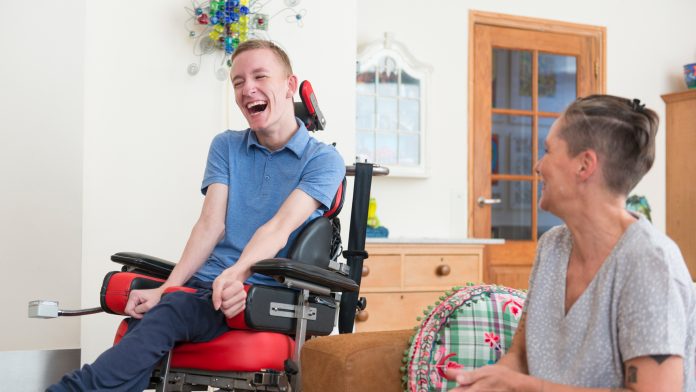
The University of Michigan School of Public Health has received a sizeable $3.6m of funding to conduct groundbreaking research into Lou Gehrig’s disease.
The investment, awarded by the National Institutes of Health, will enable the University of Michigan School of Public Health researchers to provide unprecedented insights into Lou Gehrig’s disease – otherwise known as ALS– a deadly neurodegenerative disease.
The project is one of four Lou Gehrig’s disease initiatives that have been recently funded by the National Institutes of Health and is part of the NIH Common Fund’s High-Risk, High-Reward programme.
What is Lou Gehrig’s disease?
Lou Gehrig’s disease is a neurodegenerative disease that hijacks an individual’s ability to move and eventually commandeers their breathing capabilities, with the condition capable of becoming deadly in just a few years or, in some cases, even less. Experts currently understand that a combination of environmental factors and genetic susceptibility cause Lou Gehrig’s disease; however, pinpointing what specifically initiates the disease still eludes them, and they are unable to slow down its progression.
Nevertheless, this sizeable investment will allow industry-leading experts to intensely investigate environmental exposures, genetics, inflammation, and a range of other factors that may make an individual more susceptible to developing ALS. The researchers believe that the initiative will push the boundaries of what we understand about environmental exposures, such as pesticides, metals, industrial chemicals, air pollution and other toxicants found in air, water, furnishings, or food. The overall goal of the four-year project is to develop a combination of new therapeutic targets and public health preventative strategies.
Stuart Batterman, the co-principal investigator from the University of Michigan School of Public Health, said: “There are so many potential environmental toxins that it would be extremely difficult to pinpoint which are important without a broad approach.”
Stephen Goutman, an associate professor of neurology and the director of the Pranger ALS Clinic and co-principal investigator, commented: ” We need to understand the mechanisms by which these exposures cause disease so that we can begin to develop treatments that are personalised to an individual’s previous exposure. In addition, once we know more about the environmental mechanisms that cause ALS, there is real hope that we can prevent people from getting ALS in the future by reducing exposure to these triggers.”
“Given that we see more and more individuals with ALS every year, there is no better time than now to initiate these important investigations,” said co-principal investigator Eva Feldman, the Russell N. DeJong, Professor of Neurology and director of the ALS Center of Excellence and NeuroNetwork for Emerging Therapies.
What will the project entail?
To conduct their research, the team will analyse blood samples from 400 patients with Lou Gehrig’s disease who have contributed to the University of Michigan’s ALS Biorepository, which they will then compare with 200 blood samples from research participants without the disease. Additionally, the team will examine individual environmental exposures and polygenic risk scores, from which the team will develop novel computer models for ALS risk and prediction.
Co-principal investigator Maureen Sartor, professor of computational medicine and bioinformatics and biostatistics at the School of Public Health, said: “The time is ripe for undertaking this work, given the recent advances in sequencing and computational approaches to integrate large sets of heterogeneous multi-omics data. We believe this is a unique opportunity to take the field in a new direction.”
NIH Director Francis Collins commented: “The science put forward by this cohort is exceptionally novel and creative and is sure to push at the boundaries of what is known. These visionary investigators come from a wide breadth of career stages and show that groundbreaking science can happen at any career level given the right opportunity.”







